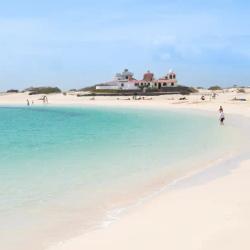blog-latest-posts-antlia__title
blog-latest-posts-antlia__subtitle
blog-latest-posts-antlia__description
Fuerteventura
How to Embrace the Christmas Spirit in a Warm Paradise like the Canary Islands
When we think of Christmas, we often imagine snowy landscapes, cozy …
Community
The international footvolley competition promoted by Coral Hotels and supported by CD Tenerife Women's Team presented the 7th Bocha Silva Tournament at Playa de los …
Continue readingFuerteventura
We’ve launched our new Coral Hotels website!
At Coral Hotels, we’re celebrating: we’ve launched our brand-new website, designed to offer a more intuitive, functional, and …
Fuerteventura
A group of 16 North American tour operators recently visited Fuerteventura, invited by Promotur Canarias in collaboration with the Fuerteventura Island Tourism Board, under the …
Continue readingFuerteventura
On October 11 and 12, the padel court at Coral Cotillo Beach hosted the final of the La Oliva Charity Padel Tournament, a sporting event …
Continue readingTenerife
This Thursday, the Canarian hotel chain Coral Hotels signed a sponsorship agreement to become the official sponsor of CD Tenerife Femenino for the 2025/26 season. …
Continue reading























































